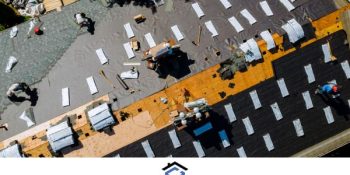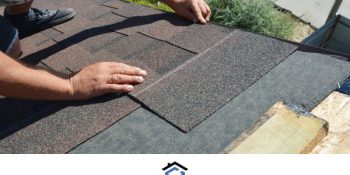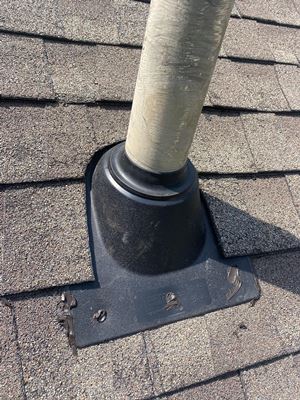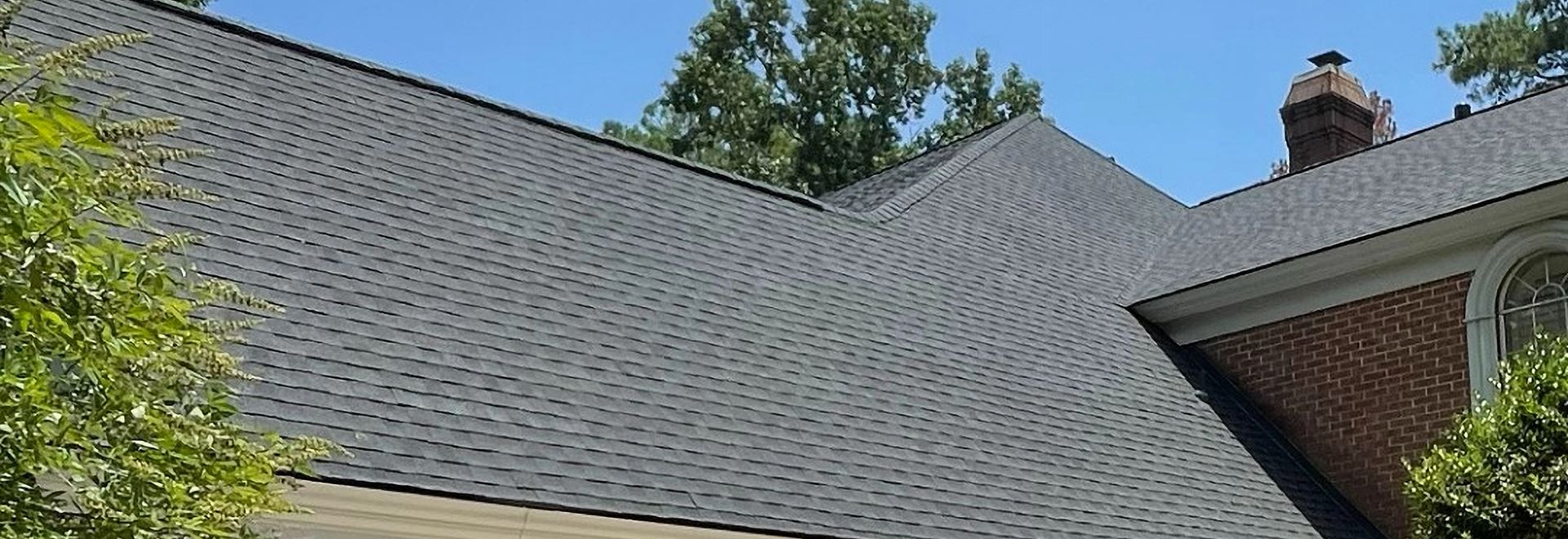Cranders Roofing provides top-quality roof installation services to homeowners in need of a new or replacement roof. Our team of experienced professionals ensures that each installation is completed efficiently and effectively, using only the highest quality materials. From initial inspection to final finishing touches, we strive to exceed our customers' expectations and deliver a durable and visually appealing roof that will protect their home for years to come. With Cranders Roofing, you can trust that your roof installation will be done right the first time, giving you peace of mind and confidence in the safety and integrity of your home.
Scheduling and Timelines for Roof Installation
Scheduling and timelines for roof installation play a crucial role in ensuring a smooth and efficient process. It is essential to set clear expectations and deadlines from the beginning to avoid delays and complications. Coordination between the roofing team, suppliers, and any other parties involved is key to staying on schedule and completing the project successfully.
Factors such as weather conditions and the size of the roof can impact the timeline for installation. By accounting for potential setbacks and having a well-structured plan in place, you can mitigate risks and keep the project on track. Effective communication and regular updates with all stakeholders can help in addressing any unforeseen challenges and making necessary adjustments to maintain the timeline for roof installation.
This is an essential article for anyone looking to learn more about the topic.
Setting Realistic Expectations
When it comes to setting realistic expectations for your roof installation project, it's crucial to understand that unforeseen circumstances may arise during the process. While you may have a general idea of the timeline and cost estimates provided by your contractor, it's important to be prepared for potential delays due to weather conditions or unexpected issues that may be uncovered during the installation.
Additionally, keep in mind that every roof installation project is unique, and what worked for someone else may not necessarily apply to your specific situation. By maintaining open communication with your contractor and being flexible with your expectations, you can ensure a smoother process and a successful outcome for your new roof.
Budgeting and Cost Estimates
When planning for a roof installation project, one of the crucial aspects to consider is budgeting and cost estimates. It is essential to set a realistic budget that accounts for all the necessary expenses involved in the installation process. Factors such as the type of roofing material, labor costs, permits, and any unexpected issues that may arise should all be taken into consideration when creating a budget for your project.
Getting multiple cost estimates from different roofing contractors can help you get a better understanding of the average costs associated with your roof installation. Be wary of significantly low estimates, as they may indicate subpar materials or workmanship. It is advisable to prioritize quality and durability when selecting materials for your roof, as investing in higher-quality materials can lead to long-term cost savings and a more resilient roof. By carefully budgeting and estimating costs, you can ensure a successful and financially manageable roof installation project.
Factoring in Material and Labor Costs
When factoring in material and labor costs for your roof installation project, it's essential to consider the quality and durability of the materials you choose. Opting for higher quality materials may come with a higher upfront cost, but it can save you money in the long run by reducing the need for frequent repairs and replacements. Additionally, investing in superior materials can enhance the overall aesthetics and increase the value of your home.
Labor costs are another crucial aspect to consider when budgeting for your roof installation. Labor expenses can vary based on factors such as the size and complexity of the project, as well as the experience and expertise of the roofing professionals you hire. It's recommended to obtain multiple quotes from reputable contractors to compare prices and ensure you are getting a fair and competitive rate for the labor involved. By carefully weighing material and labor costs, you can make informed decisions that align with your budget and project goals.
Maintaining Your Roof After Installation
Maintaining your roof after installation is crucial to ensure its longevity and performance. Regular inspections and repairs play a significant role in preserving the structural integrity of your roof. It is recommended to schedule periodic inspections by a professional to identify any potential issues early on. Minor repairs, such as fixing loose shingles or addressing small leaks promptly, can prevent more significant damage and prolong the lifespan of your roof. Additionally, clearing debris, such as leaves and branches, from the roof and gutters regularly can help prevent water pooling and potential water damage.
In addition to inspections and repairs, it is essential to be proactive in maintaining your roof by staying alert to any signs of wear and tear. Keep an eye out for water stains on the ceiling, sagging roof areas, or any unusual sounds during heavy rain. Addressing these issues promptly can save you money in the long run by preventing larger problems that may require more extensive repairs. By staying vigilant and taking proactive measures, you can ensure that your roof continues to protect your home effectively for years to come.
Regular Inspections and Repairs
Regular inspections and repairs are crucial in prolonging the lifespan of your roof and ensuring its optimal performance. By conducting regular inspections, you can identify any potential issues early on and address them promptly before they escalate into more extensive and costly problems. It is recommended to schedule inspections at least twice a year, ideally in the spring and fall, to assess the condition of your roof after the winter and summer seasons.
When conducting inspections, pay close attention to areas prone to wear and tear, such as flashing, shingles, and seals around vents and chimneys. Look for signs of damage, such as missing or damaged shingles, water stains on the ceiling, or mold growth, which could indicate a leak. In addition to inspections, it is essential to address any repairs promptly to prevent further damage and maintain the structural integrity of your roof. Regular maintenance and timely repairs not only extend the life of your roof but also help you avoid costly repairs or premature replacement in the future.
FAQS
How long does it typically take to schedule a roof installation?
Scheduling for roof installation can vary depending on factors like weather conditions and the availability of roofing contractors. On average, it may take a few weeks to a couple of months to secure a slot for installation.
What should I realistically expect during the roof installation process?
It is important to set realistic expectations for the roof installation process. This includes understanding that there may be some noise and disruption during the installation, and that unexpected delays due to weather or material availability can occur.
How can I budget for a roof installation and what are the cost estimates involved?
When budgeting for a roof installation, it is important to factor in costs for materials, labor, permits, and any potential unexpected expenses. Cost estimates can vary depending on the size of the roof, the materials used, and the complexity of the installation.
How do I factor in material and labor costs when planning for a roof installation?
Material costs for a roof installation will depend on the type of roofing material chosen, such as asphalt shingles, metal, or tile. Labor costs will vary based on the size of the roof, the complexity of the installation, and the rates of the roofing contractor.
What are some tips for maintaining a roof after installation?
To maintain your roof after installation, it is recommended to schedule regular inspections, clean gutters and downspouts regularly, trim overhanging branches, and promptly address any signs of damage or leaks. Regular maintenance can help prolong the lifespan of your roof.
Related Links
Roofing Services






















